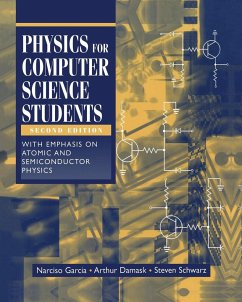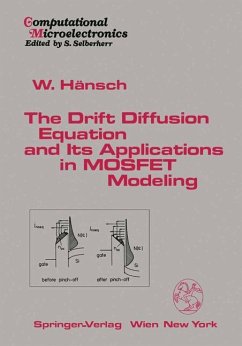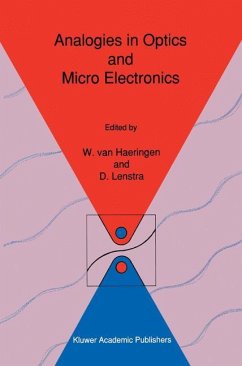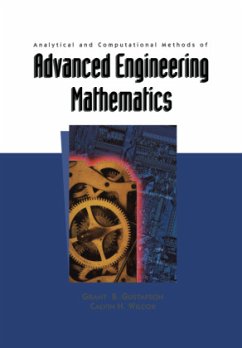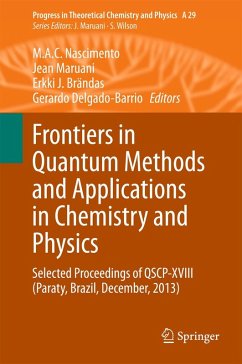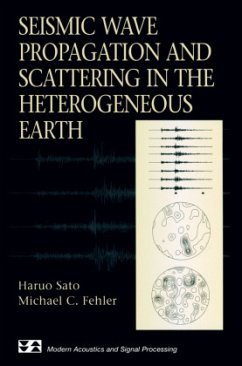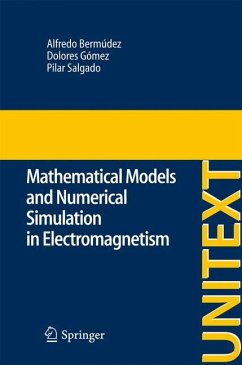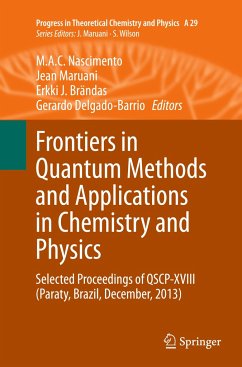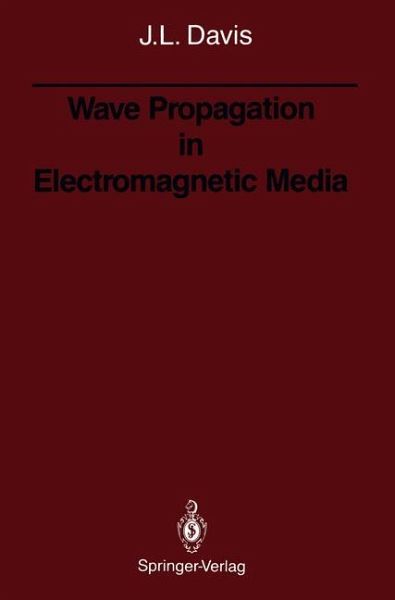
Wave Propagation in Electromagnetic Media

PAYBACK Punkte
19 °P sammeln!
This is the second work of a set of two volumes on the phenomena of wave propagation in nonreacting and reacting media. The first, entitled Wave Propagation in Solids and Fluids (published by Springer-Verlag in 1988), deals with wave phenomena in nonreacting media (solids and fluids). This book is concerned with wave propagation in reacting media-specifically, in electro magnetic materials. Since these volumes were designed to be relatively self contained, we have taken the liberty of adapting some of the pertinent material, especially in the theory of hyperbolic partial differential equations...
This is the second work of a set of two volumes on the phenomena of wave propagation in nonreacting and reacting media. The first, entitled Wave Propagation in Solids and Fluids (published by Springer-Verlag in 1988), deals with wave phenomena in nonreacting media (solids and fluids). This book is concerned with wave propagation in reacting media-specifically, in electro magnetic materials. Since these volumes were designed to be relatively self contained, we have taken the liberty of adapting some of the pertinent material, especially in the theory of hyperbolic partial differential equations (concerned with electromagnetic wave propagation), variational methods, and Hamilton-Jacobi theory, to the phenomena of electromagnetic waves. The purpose of this volume is similar to that of the first, except that here we are dealing with electromagnetic waves. We attempt to present a clear and systematic account of the mathematical methods of wave phenomena in electromagnetic materials that will be readily accessible to physicists and engineers. The emphasis is on developing the necessary mathematical tech niques, and on showing how these methods of mathematical physics can be effective in unifying the physics of wave propagation in electromagnetic media. Chapter 1 presents the theory of time-varying electromagnetic fields, which involves a discussion of Faraday's laws, Maxwell's equations, and their appli cations to electromagnetic wave propagation under a variety of conditions.





